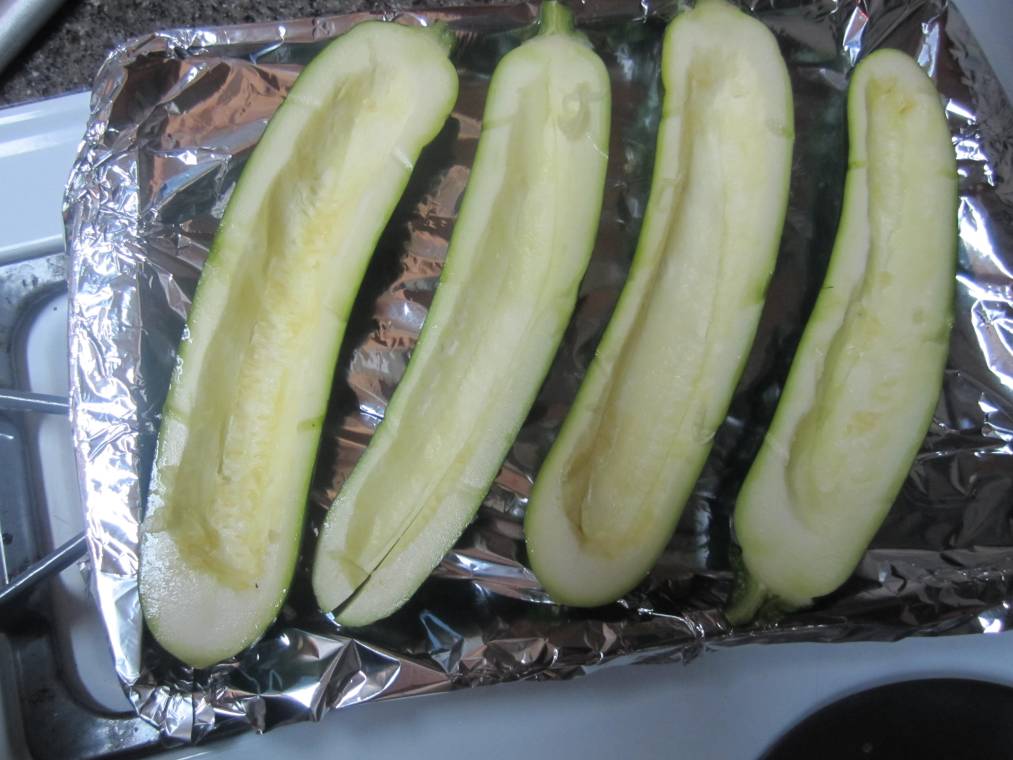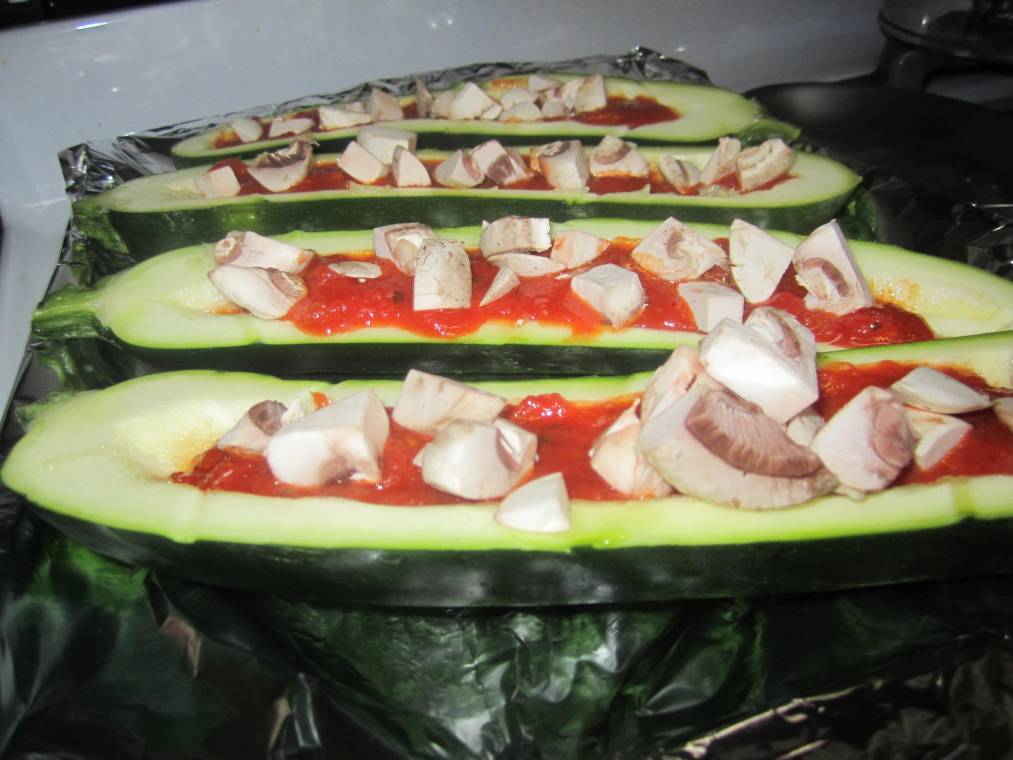“The news abounds with stories such as countless tales of deadly bacteria-laden meats and vegetables; packaged-food poisonings; estrogen-laced meats; pesticide-enriched produce; more and more irradiated and genetically modified foods; antibiotics in animals leading to resistance in humans.Consumers of food, which is to say all of us, have become concerned that the food supply is no longer safe, may be creating or perpetuating chronic illness, or worse, may be capable of killing us.”
If you are confused about what to buy or should we say what not to buy at the grocery store, you are not alone! With all the fancy packaging, confusing words in the ingredient lists and with so many products to choose from, I don’t blame anyone for being confused or frustrated. There are some simple guidelines that you can follow to ensure that you are getting the optimal nutrients out of the foods you are putting into your body. These simple guidelines will also ensure that you are keeping chemicals and toxins-which eventually lead to disease- out of your body. Let’s go back to the basics.
The term “organic” is scary and expensive for most people. We need to take a step back in order to realistically understand that the pesticides, antibiotics, and hormones that are added to conventional food is the scary part of the equation and that medical bills resulting from food-based disease are the expensive part. Now that organic no longer means scary and expensive, let’s define what it really means.
In simple terms, organic means that there are no pesticides or chemicals involved in the growing and processing of fruits and vegetables. It also means that there are no antibiotics or hormones added to animal protein.
If there is one thing that you decide to buy organic, it should be your animal products. Without going into the very sad and disgusting details about how animal products are processed now-a-days, I will STRONGLY advise you to buy animal products that are organic. Here are some more detailed guidelines for buying safe food products.
Guide for buying fruits and vegetables
| Better to buy organic:More likely to be handled with pesticides, antibiotics & hormones |
Okay To Buy Conventional:Less likely to be handled with pesticides, antibiotics & hormones |
| Peaches/ NectarinesStrawberries/ Blueberries/ GrapesApples/PearsCeleryBell PeppersCarrots/PotatoesLettuce/Leafy Greens/ SpinachKale/ Collard GreensBaby FoodMilk and Other Dairy ProductsMeat (Chicken, Beef,Pork)CoffeeNuts/ Nut Butters
Cooking Oils |
OnionsCabbageEggplantAsparagusSweet PeasSweet PotatoesAvocadosPineapplesMangoesMushroomsCantaloupeWatermelonGrapefruit
Kiwi |
** I keep a small print out of the table above in my wallet. No need to memorize!
What to look for on packaged food labels
First thing I look for is the ingredient list. My rules for ingredients are simple:
1. No more than 3 (maybe 5) ingredients
2. You should be able to pronounce and understand every ingredient
3. Sugar should not be in the first 3 ingredients (if it is even in the list at all is up to you)
This is tricky because there are many different terms to hide sugar. Just stick to rule #2 and you shouldn’t have a problem.
Now that you have checked the ingredients, it is time to refer to the some-what helpful nutrition facts. First look at how many servings there are and what the serving size is. Next look for anything that looks abnormally high. For example, are the carbohydrates, fats or proteins very high in comparison to one another. Another thing I always look at are the sodium and sugar contents in packaged food as they tend to be very high due to the way packaged food is processed.
It is very hard to find a perfect packaged product because in reality a perfect food does not come in a package, it comes from nature. However, comparing food labels between different brands can help you choose products that are much healthier than other products that are offered to you as a consumer.
What to look for when buying eggs
Simple….Pastured, free-range, organic
What to look for when buying fish
In most cases you want to buy fish that were caught in the wild as opposed to farmed fish. There are a few exceptions so do your research first to make sure that you are buying from reputable sources. As you have probably heard in the news, there is concern with mercury levels in some fish based on which areas they are caught in. Be sure to check the following websites for updated information about responsible/sustainable fish consumption:
http://apps.edf.org/page.cfm?tagID=1521
http://www.montereybayaquarium.org/cr/seafoodwatch.aspx
You can also buy sustainable seafood from from www.vitalchoice.com
What to look for when buying beef products
Step 1: Make sure your beef is organic
“When you see the green USDA organic label-you know the food is going to be free of pesticide residues-synthetic hormones- antibiotics-and genetically modified grain.”
Step 2: Make sure that the cattle was grass-fed as opposed to grain fed.
Since cattle are naturally meant to eat grain, they have a difficult time breaking down the grain in their bellies. This leads to lower immune systems which require farmers to add antibiotics to the grain feed. Grass fed cattle have proven to produce meat and dairy products that are higher in nutrients. There is also less chance of food-borne illness such as E. coli when consuming grass-fed beef. To find out more refer to www.eatwild.com
What to look for when buying chicken products
This is where things get a little bit tricky. However, if you know what to look for then you will not be fooled by the labeling tricks–aka purposefully misleading statements. For example, “cage free” does not mean that the birds are free-roaming. Birds that are raised in their natural environment AND feed off their natural diet are healthier than the way most chickens are raised now-a-days. Birds that are stuffed into small spaces with no light have high stress levels, leading to low immune systems, at which point farmers introduce antibiotics into their feed to keep them from spreading disease. Another trick in the big chicken-company book is that “anti-biotic free” does not mean that the FDA regulated that product. It must say “raised without antibiotics.” The last thing that you need to look for is “air-chilled.” If a chicken is not air-chilled then it has been dunked in cold water with chemicals to speed up the production process. Last but not least it should be organic. So why go through all of the trouble to identify which chicken to buy?
Industrial farming practices produce unhealthy animals that 500,000 packed together in tight spaces, treated in-humanly, and are fed GMO grains. Conventional poultry can expose you to antibiotics, high levels of arsenic, toxins from fertilizers and pesticides.
The best place to buy your chicken is the farmer’s market. There are also local reliable farms that you can order from online. You can buy chicken that meets the above criteria at Whole-Foods. I spent 15 minutes today looking at the pre-packaged chicken. After a little chuckle of frustration, I walked over to the meat counter where I found the perfect bird;
- air chilled
- organic
- raised without antibiotics
- hormone free
- free range
It absolutely absured that we should have to search for this criteria in order to find chicken that will not contribute to unhealthy reactions in our bodies. Better to spend $18 on a whole chicken than to spend over thousands of dollars in medical bills when you still need money to pay for retirement. OH MY!
It is really sad that we have to protect ourselves from food companies who find it more important to make money than to care about people’s health. You do not have to freak out or be terrified of all the information that I have provided above. The more educated we are about how our food is processed, the more chance we stand to protect ourselves from disease. Making small changes at a time is the most successful tactic. Remember that you have the power in the grocery store. Every time you swipe your card you are voting for what type of products you want the grocery store to offer. More specifically, if there is less demand for unhealthy products, the companies will have to reduce production because they will have excess product which costs them money. Conversely, if there is more demand for healthy products, responsible food companies will have to produce more of the good stuff to keep up with the high demand.
If you have any specific questions, please comment! I would love to help you make more educated decisions in the grocery store.
Sources:
Organic guide for fruit and vegetables: Adapted by Bauman College from the Environmental Working Group’s Shopper’s Guide to Pesticides.
www.eatwild.com
http://apps.edf.org/page.cfm?tagID=1521
http://www.montereybayaquarium.org/cr/seafoodwatch.aspx
Notes from class lecture at Bauman College- Spring 2012 Berkeley, CA.






